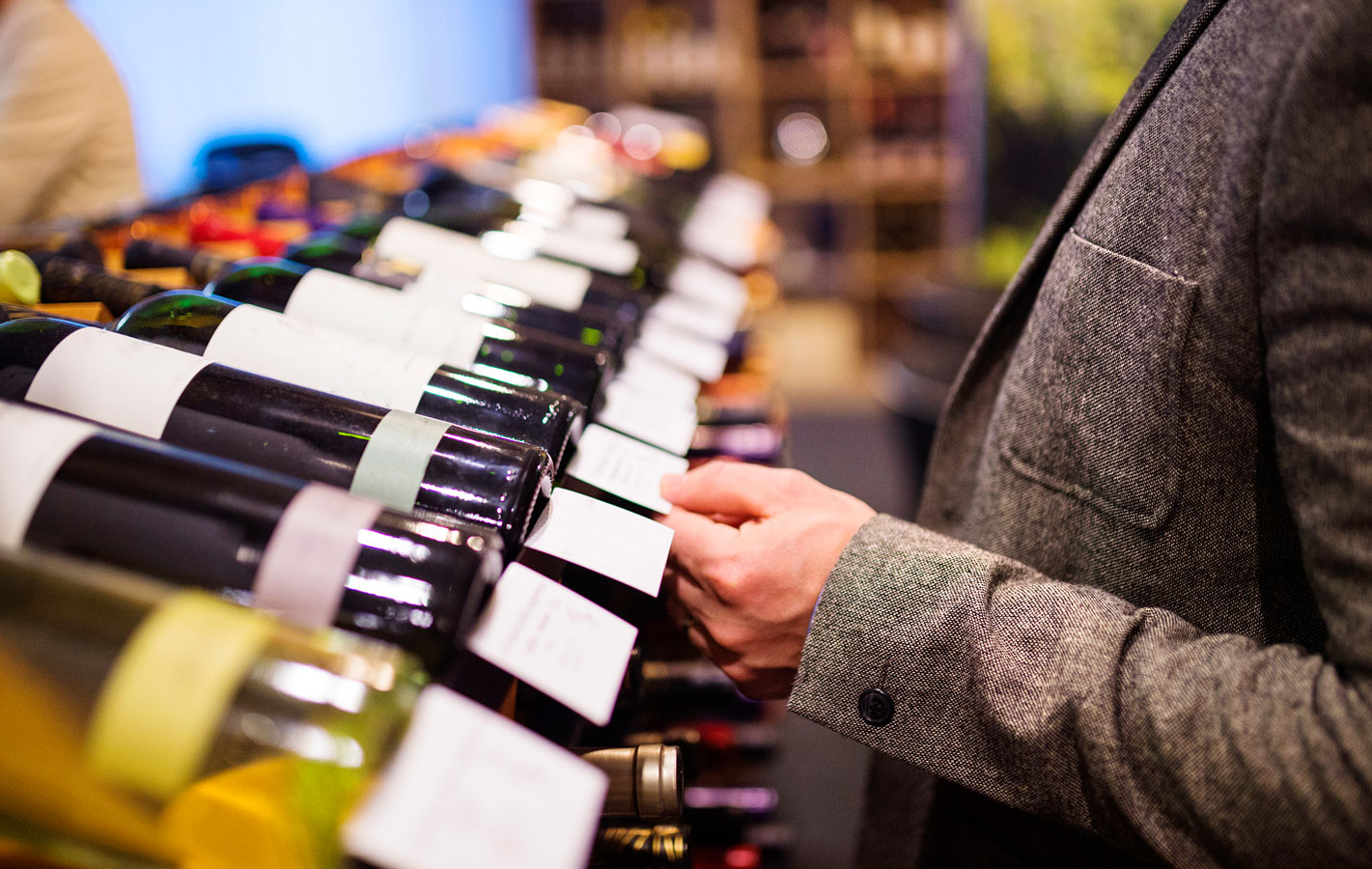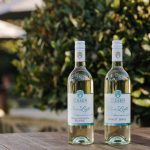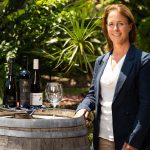The $11 billion liquor retailing, hotel and gaming Endeavour Group – with the Dan Murphy’s and BWS retail chains at its core – is preparing to implement an “aggressive” expansion strategy following its 1 July demerger from the Woolworths Group, as Chris Snow writes.
Following last month’s demerger, a key part of Endeavour’s strategy is “leveraging” its 100-plus product Pinnacle Drinks business to produce “new and exclusive products”, with an emphasis on premium wines.
The strategy, outlined in the demerger booklet, does not specify the extent of the expansion but Endeavour has subsequently said that some details will be given when the company’s annual results for 2020-21 are released, probably at the end of August.
There was a general reluctance to comment about the impact of the demerger on the grape and wine industry but two opinions offered pointed to there being virtually none to vineyard and winery acquisitions.
Pinnacle is the major supplier to Endeavour’s 246 Dan Murphy’s and 1,384 BWS stores which, with Endeavour’s Cellarmasters and Langton’s, command 40% of the national liquor market.
Endeavour posted sales of $10.6b in 2019-20 with EBIT of $578m, the company being the 49th largest, by market capital, on the ASX.
Coles is the second largest liquor retailer with 14% market share through its 925 Liquorland, First Choice and Vintage Cellars stores.
Pinnacle’s new products are to include premium wines from its wineries – 400,000-case Dorrien in the Barossa Valley and, under the Paragon Wine Estates banner, Krondorf (Barossa Valley), Riddoch (Coonawarra), Chapel Hill (McLaren Vale), Oakridge (Yarra Valley) and Isabel Estates (Marlborough, New Zealand).
Bottling and packaging is mainly through Endeavour-owned Vinpac’s plants at Angaston, Gawler Belt and McLaren Flat.
Pinnacle, according to its website, has mainly own-label and partnership Australian wines and small offerings of imported wine, beer and spirits.
Australian wines include bottom-shelf Bowler’s Run ($3 a bottle), Riverside Landing ($4), Chancellor & Co ($5), Baily & Baily ($7), a raft of generic and regional cleanskins ($4-$10) and a stable of $13-$20 labels including Cat Amongst the Pigeons, The Butchers Friend, Hidden Ridge, Portraits of Clare and Paradox, with Isabel Estate at about $30.
Production will be based on Endeavour’s extensive collection of data – and analysis – mainly from Dan Murphy’s loyalty card scheme (5.1 million members), BWS’s link with Woolworth’s Everyday Rewards (12.8 million-members), Monty’s hotel rewards scheme and Cellarmasters and Langton’s.
While independent expert Grant Samuel has said the Endeavour strategy will be pursued “aggressively”, 12 wine companies and Australian Grape & Wine declined to comment about the impact on the wine industry of the demerger, while Endeavour declined a request for an interview with CEO Stephen Donoghue because of demerger commitments.
But opinions were given by Tyrrell’s Wines managing director Bruce Tyrrell and by Jamie Hannah, deputy director in Australia of global investment manager VanEck (which holds Woolworths and Endeavour shares).
Tyrrell said that Endeavour’s strategy of developing new wines had long been its practice. He said it had extensive data and was “all over it”.
“They’ve always been around at the start of trends … and they are always experimenting to see what works and what does not,” he said.
Tyrrell said Endeavour had a capacity to rapidly change products. As examples, the Pinot Noir range had been increased about two years ago following greater demand for lighter reds; natural wines had been dropped after less than six months.
According to Tyrrell, there was also a “terrific knowledge” of the grape and bulk wine market, which enabled Pinnacle to buy bulk wine and package and retail it, although some wines were produced by other wineries.
Tyrrell said that growers and winemakers needed to recognise that was the company’s way of operating and live with it, adding that Endeavour was his preferred retail outlet, administratively efficient and a payer “on the knocker, every time”.
He did not think the demerger would have any effect on the industry.
“Those (producers) who choose to work with Endeavour … if they get it right, they will be very successful … A winery of any size can get close to Endeavour and do what they choose in style and price as long as the customer likes the product. The producer can also use the market data if they become a trusted supplier.”
Expansion would make logistics, which have a considerable cost, cheaper for producers.
Tyrrell added: “The overall wine market will call the shots; the consumer always wins”.
‘Aggressive’ vineyard and winery acquisition
Jamie Hannah predicts that Endeavour will embark on an aggressive premium vineyard and winery acquisition program – and look for new supplier partnerships.
“How else are they going to grow the business?” he asked. “Look at Dan Murphy’s and BWS. They’re pretty mature businesses.”
While there was still room for growth, he added, it was restricted once stores were “rolled out” nationally. (The demerger booklet says the strategy also includes opening new stores in “strategic catchments”).
“So they need to acquire companies, they need to acquire assets and new businesses to grow, otherwise the company’s not going anywhere,” Hannah said.
He also sees some opportunities for wine companies through Endeavour’s stated strategy of acquiring and developing new hotels.
Currently, Endeavour is the country’s largest hotel operator with 332 venues, but they comprise only 9% of the national total. Sales in FY20 were $1.3b with EBIT of $171m. Endeavour is also the country’s largest operator of electronic gaming machines with 12,364 machines.
Hannah says the “Instagram generation” likes going to venues and being seen and photographed and knowing about new food places and trendy bars – and staying at fashionable accommodation.
“This is an area where Endeavour can grow … the more upmarket venues they add, the more opportunities there will be to add wines and that’s where opportunities will come for wine companies.”
He says Endeavour hotels would, obviously, feature partners’ wines.
“I think Endeavour is going to open up some new markets for growers and wineries with some new partnerships,” Hannah said.
Endeavour will continue to be supported by Woolworths through partnership agreements. Woolworths holds 14.6% of the new company, as does the BMG hotel group.
The agreements cover: supply chain and co-location of some stores; the loyalty schemes and their customer-targeting functions; customer service payments; access to Woolworth’s data analysis system; sales via Woolworths’ website and liquor-food “cross-shop” opportunities; and, business support including detailed technology, payroll and account operations pending development of an independent system.
They also include an agreement for Endeavour to continue providing Pinnacle products for sale at Woolworth’s New Zealand stores and distribution through Woolworths’ international distribution networks.
Endeavour’s other stated strategies include further development of digital consumer engagement (the “front of the business”) and increased store productivity.
Qualifying everything is the companies’ statements, supported by Grant Samuel, Tyrrell and Hannah: Endeavour is a new company, free from having to compete for attention against the Woolworths food business, and now able to make its own decisions and free to mount its own capital raisings.
Consumption trends in wine (and beer)
Company executives provide indications of the wines (and beers) that Endeavour Group, through Pinnacle Wines, will be looking to maintain and introduce.
Andrew Shedden, head of fine wine:
Varieties: alternative red and white varieties are in demand; Grenache, Tempranillo, Malbec, Sangiovese, Gamay, Nero d’Avola and Nebbiolo having all grown at double digit rates during the past 12 months. Similarly, white wine varieties like Fiano, Gruner Veltliner, Vermentino, Albarino and Verdelho are showing great growth.
Countries: Australian wine continues to dominate customers’ preferences, accelerated by the challenges of COVID-19, bushfires and China export tariffs confronting the domestic wine industry, with consumers clearly keen to support Australian made. There’s also been “fantastic” growth in key imported wines as customers have really taken to some recent changes to French, Italian and Spanish ranges made during the past 6-8 months. Although off very small bases, Greek, Austrian, South African and American wines also are seeing good growth.
Regions (Australia): While the classic South Australian regions (Barossa Valley, McLaren Vale and Coonawarra) remain comfortably the most popular for customers, real growth is being seen in cooler climate regions. The Yarra Valley, Margaret River and Tasmania in particular are showing excellent growth.
In relation to non-alcoholic drinks, Endeavour has reported that:
• Sales of non-alcoholic drinks have increased more than 83 per cent during the past 12 months according to its sales data.
• BWS and Dan Murphy’s are expanding their range of non-alcoholic beverages to meet the increase in demand.
• Dan Murphy’s now boasts one of the country’s largest non-alcoholic offerings with more than 200 different products including craft beer, rosé, ‘bubbles’, craft gin and bourbon.
• beer is the best-selling non-alcoholic drink followed by wine.
Bree Coleman, head of merchandise transformation:
• A majority of those customers choosing non-alcoholic drinks are doing so because they want to moderate consumption, a reflection of a broader trend of Australians drinking less but better.
• Many consumers also simply enjoy the taste of the new wave of non-alcoholic drinks: the quality and innovation is quite incredible.
• Many winemakers have spent the past few years refining methods to make non-alcoholic wines: many craft the wines normally, then remove the alcohol, which means the wines retain all their flavours.





















